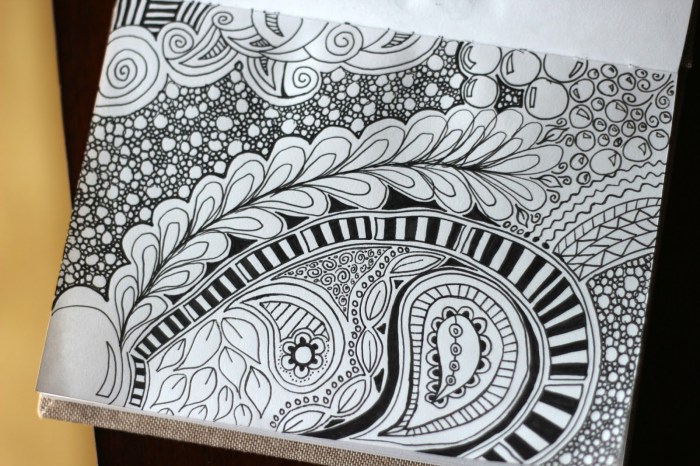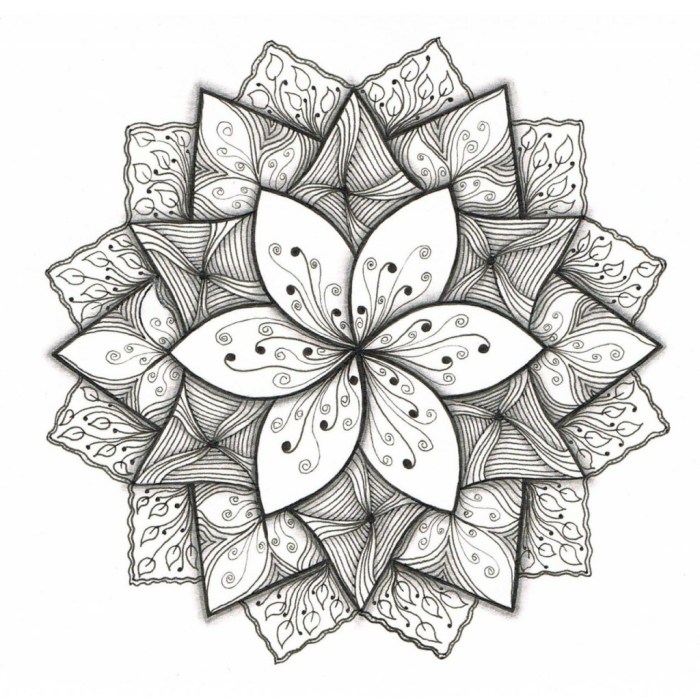The Essence of Design Drawing: Unveiling Creativity through Lines and Concepts
As we delve into the realm of design drawing, we uncover the intricate tapestry of creativity woven through the strokes of a pencil or the precision of a digital tool. Design drawing serves as the cornerstone of various industries, shaping ideas into tangible forms and breathing life into concepts.
From the initial spark of inspiration to the meticulous detailing of a blueprint, design drawing encapsulates the essence of innovation and vision. Join us on a journey through the captivating world of design drawing, where imagination meets technique in a harmonious dance of creation.
Overview of Design Drawing
Design drawing is a visual representation of an idea or concept that serves as a guide for the creation of a product, structure, or system. It plays a crucial role in various industries such as architecture, engineering, fashion, and graphic design by conveying detailed information to manufacturers, builders, or other professionals involved in the production process.
Types of Design Drawings
- Sketches: Rough, freehand drawings used to quickly capture ideas and concepts.
- Blueprints: Detailed technical drawings that provide precise measurements and specifications for construction or manufacturing.
- Schematics: Diagrams that illustrate the components and connections of electrical or mechanical systems.
- Wireframes: Basic layout sketches used in web design to plan the structure and functionality of a website.
Importance of Accuracy in Design Drawing

Design drawing plays a crucial role in the creation of various products, structures, and systems. One of the key aspects that cannot be overlooked is the necessity of precision and accuracy in design drawing.Inaccuracies in design drawings can have a significant impact on the final product.
For instance, if the measurements are not precise or the dimensions are incorrect, it can lead to structural weaknesses, misalignments, or even complete failure of the product. This can result in safety hazards, financial losses, and delays in project completion.
Impact on Manufacturing Process
In the manufacturing industry, inaccurate design drawings can cause delays in production, waste of materials, and increased costs. For example, if a part is designed with incorrect dimensions, it may not fit properly with other components, leading to rework or even scrapping of the entire batch.
This can disrupt the entire manufacturing process and affect the overall efficiency of the production line.
Consequences in Construction Industry
In the construction sector, inaccuracies in design drawings can result in structural failures, compromising the safety of buildings and infrastructure. One prominent example is the Hyatt Regency walkway collapse in 1981, where design flaws in the walkway's support system led to a catastrophic failure that resulted in multiple casualties.
This tragic incident underscores the critical importance of accuracy in design drawings, especially in high-stakes industries like construction.
Impact on Engineering Projects
In engineering projects, inaccuracies in design drawings can lead to performance issues, maintenance challenges, and even legal liabilities. For instance, if a bridge is designed with incorrect load-bearing capacity, it may not withstand the expected forces, posing a risk to public safety.
This can result in costly repairs, lawsuits, and damage to the reputation of the engineers and firms involved.
Conclusion
Overall, the significance of accuracy in design drawing cannot be overstated. It is essential to ensure that every detail is meticulously documented and verified to avoid costly errors, safety hazards, and legal consequences. By prioritizing precision and accuracy in design drawings, professionals can uphold the integrity of their work and deliver high-quality products and projects that meet the required standards.
Tools and Software for Design Drawing
When it comes to design drawing, whether manual or digital, the tools and software used play a crucial role in the process. Let's explore the common tools used for manual design drawing, compare them with modern digital tools and software, and discuss the advantages and disadvantages of each.
Manual Design Drawing Tools
Manual design drawing involves the use of traditional tools such as pencils, rulers, compasses, protractors, erasers, and drawing boards. These tools have been the foundation of design drawing for decades and are still widely used today.
- Pencils: Used for sketching, outlining, and shading.
- Rulers: Essential for creating straight lines and measuring distances accurately.
- Compasses: Ideal for drawing circles and arcs with precision.
- Protractors: Useful for measuring and drawing angles.
- Erasers: Help in correcting mistakes without damaging the paper.
- Drawing Boards: Provide a stable surface for drawing and prevent paper from moving.
Modern Digital Tools and Software
With advancements in technology, designers now have access to a wide range of digital tools and software for design drawing. These include computer-aided design (CAD) software, graphic design software, and drawing tablets.
- CAD Software: Allows for precise and detailed drawings, with features for 3D modeling and simulation.
- Graphic Design Software: Offers a wide range of tools for creating illustrations, logos, and other graphic elements.
- Drawing Tablets: Enable digital drawing and sketching, often with pressure-sensitive stylus pens for more natural input.
Advantages and Disadvantages of Using Software
While digital tools and software have revolutionized the design drawing process, they also come with their own set of pros and cons.
- Advantages:
- Increased efficiency and speed in creating and editing drawings.
- Ability to store and organize drawings digitally, reducing clutter and physical storage needs.
- Integration with other software for seamless workflow and collaboration.
- Disadvantages:
- Steep learning curve for mastering complex software tools.
- Dependency on technology that may be prone to glitches or crashes.
- Lack of tactile feedback compared to traditional manual drawing tools.
Best Practices for Creating Design Drawings
Creating design drawings requires attention to detail and proper organization to ensure accuracy and quality. By following best practices, designers can streamline the process and produce effective design drawings.
Steps Involved in Creating a Design Drawing
When creating a design drawing, designers typically follow a series of steps to move from concept to completion:
- Start with a clear brief or concept provided by the client or project team.
- Research and gather relevant information, including measurements, specifications, and requirements.
- Sketch initial ideas and concepts to visualize the design layout and structure.
- Create a detailed draft of the design drawing using appropriate tools and software.
- Revise and refine the drawing based on feedback and review to ensure accuracy and completeness.
- Finalize the design drawing, making any necessary adjustments before sharing with stakeholders.
Tips for Organizing and Structuring Design Drawings Effectively
Effective organization and structure are key to creating design drawings that are easy to understand and work with:
- Use layers in design software to separate different elements and make editing easier.
- Label and annotate components clearly to provide context and information for viewers.
- Group related elements together to improve clarity and organization within the drawing.
- Maintain consistent formatting and styles for a cohesive look throughout the design drawing.
Examples of How Best Practices Improve Design Drawing Quality
Following best practices can significantly enhance the quality of design drawings:
- Clear organization and structure help designers and stakeholders easily navigate and understand the drawing.
- Accurate measurements and annotations ensure that the design drawing conveys the intended information effectively.
- Using layers and grouping elements can simplify editing and revisions, saving time and reducing errors.
- Consistent formatting and styles create a professional and polished final product for presentation or production.
Epilogue

In conclusion, design drawing stands as a testament to human ingenuity and artistic expression, bridging the gap between imagination and reality. Through precision, creativity, and attention to detail, design drawing continues to be a powerful tool in shaping the world around us.
Q&A
How important is precision in design drawing?
Precision is crucial in design drawing as it ensures that the final product accurately reflects the intended concept, minimizing errors and maximizing clarity.
What are some common tools used for manual design drawing?
Common tools include pencils, rulers, compasses, and drafting paper, each serving a specific purpose in bringing designs to life.
How do inaccuracies in design drawings affect the final product?
Inaccuracies can lead to misinterpretations, structural flaws, and overall dissatisfaction with the end result, emphasizing the importance of precision in design drawing.
What advantages do modern digital tools offer for design drawing?
Modern digital tools provide greater flexibility, efficiency, and the ability to make quick edits or revisions, streamlining the design process and enhancing productivity.




